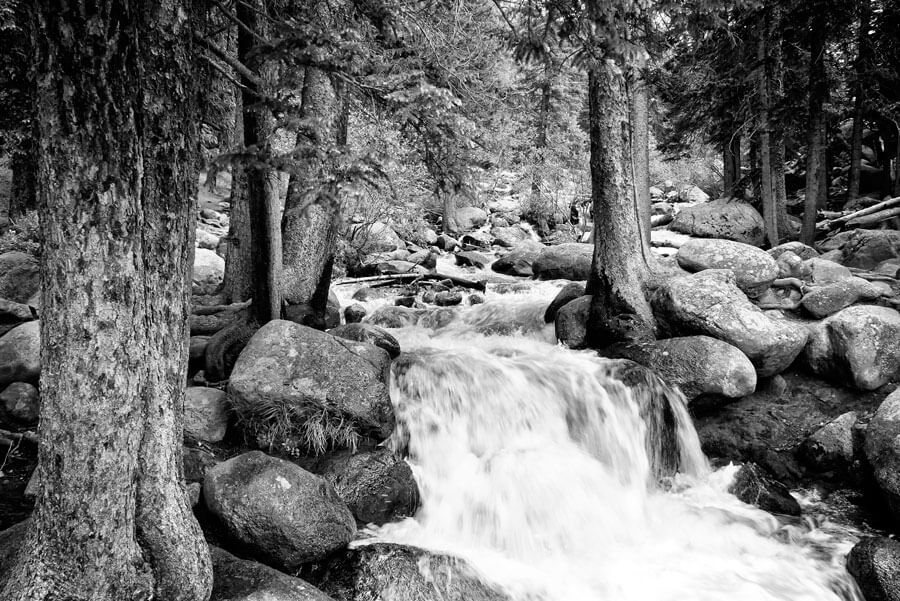It’s Black (and White) Friday
Today’s Post by Joe Farace
Photographers seem to be of two minds about filters: Purists don’t like them because they abhor anything coming between reality and the captured image. Filter fans worry less about resolution charts and just like to have fun with photography, which regular readers know is one of the mottoes of this blog.
When buying filters there is one concern you should always follow: Don’t screw a $19.95 filter on a $1,000 lens. You should purchase the best filters you can afford and than mean you should look at filters from B+W, Heliopan, and Singh-Ray. Yes, they will be expensive but if you are in pursuit of “The Ultimate Image” that shouldn’t deter you. If you’re new to the world of camera filters, here’s a quick primer for their use in black & white photography, :
- A Yellow filter darkens the sky, emphasizing clouds and is primarily used for landscape photography but when shooting in snow, it produces dramatic textures.
- An orange filter produces effects similar to the yellow filter but skies are darker and clouds more defined. While helpful for landscapes it can be also used for architectural photography.
- An orange filter can be used in portraiture, especially under warm household light sources to produce smooth skin tones.
-
The red filter produces dramatic landscapes. Skies turn black and contrast is maximized. In portraiture, freckles and blemishes can be eliminated.
-
 A green filter is useful for landscape photography as it lightens vegetation but doesn’t darken the sky as much as a red filter. Skin tones may also be more pleasing but freckles and blemishes are more apparent.
A green filter is useful for landscape photography as it lightens vegetation but doesn’t darken the sky as much as a red filter. Skin tones may also be more pleasing but freckles and blemishes are more apparent.
While you could always use real color filters on your camera to archive the same effects that mirrorless cameras produces internally there are some advantages of using digital filters. While most in-camera metering systems automatically take filter factors (see below) into consideration, you still have to look and compose through a colored filter whose factor might range from three and .
Filter Factoid: This is light loss that caused by a filter’s absorption and color density is expressed as a filter factor. A 2X factor means the exposure has to be increased by one stop, 3X means one and one-half stops. When using several filters at once, filter factors, aren’t added together but instead are multiplied reducing depth of field or slowing shutter speeds.




